Back in 1992, humanity received its first definitive answer to a question it had been asking for centuries: are there other worlds beyond our Solar System?
The answer came in the form of Poltergeist and Phobetor, the first potential planets to have their existence confirmed and become fully fledged exoplanets.
Over the following three decades, dozens of surveys and observation campaigns have tracked down ever more exoplanets in the Milky Way, including some of the weirdest exoplanets we could dream of.
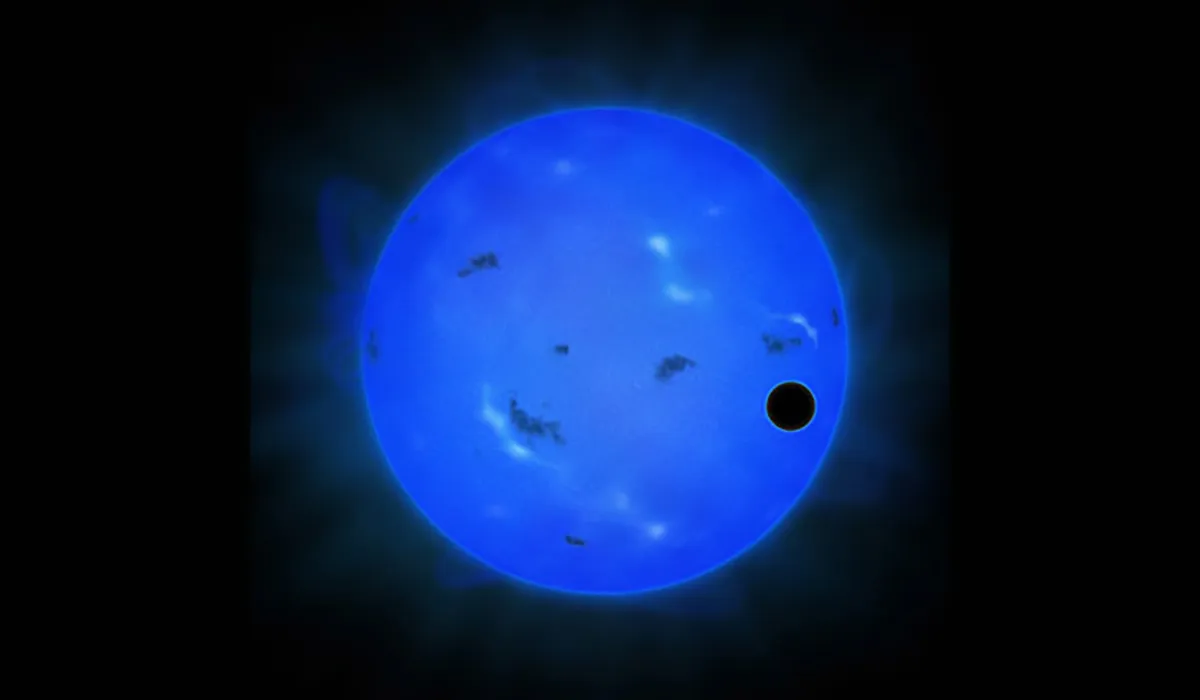
So how many exoplanets have been discovered so far? Well, on 21 March 2022 the NASA Exoplanet Archive announced it had passed the threshold of 5,000 validated exoplanets.
But while it took 30 years to reach this number, doubling it will take considerably less time.
In the same month as the archive’s announcement, astronomers working on NASA’s Transiting Exoplanet Survey Satellite (TESS) revealed they hadobtained another 5,000 exoplanet candidates awaiting confirmation, and that there were more to come.
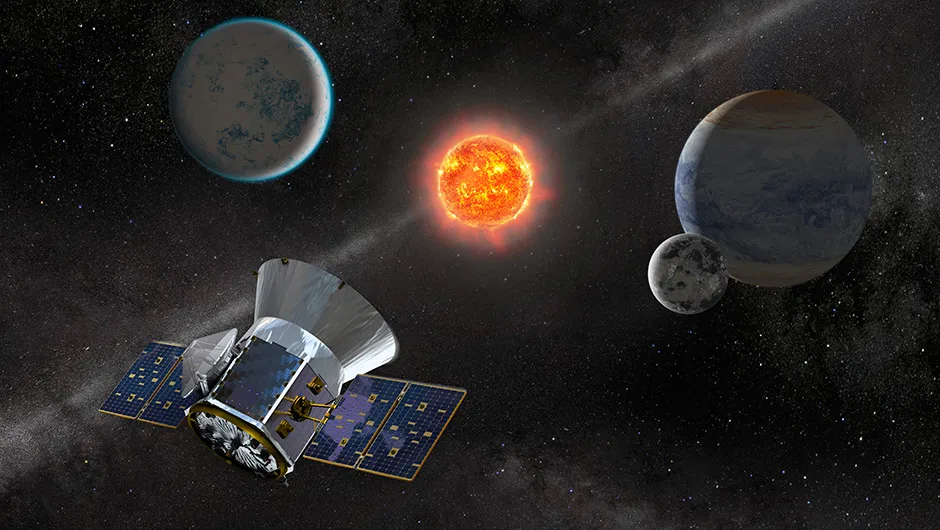
It’s a huge number to keep track of. Back in the early days when there were only a few known exoplanets, astronomers would each have their own spreadsheets listing them.
But as the dozens grew to hundreds and then thousands, it became apparent a dedicated system was needed, leading NASA to create the Exoplanet Archive.
"NASA keeps track of all the planets we’ve found outside our Solar System and anything we know about them," says Jessie Christiansen, the lead scientist for NASA’s Exoplanet Archive at Caltech, who updates the archive.
"It’s a big database of everything that we know about exoplanets and the stars they orbit."
Super-Earths and mini-Neptunes
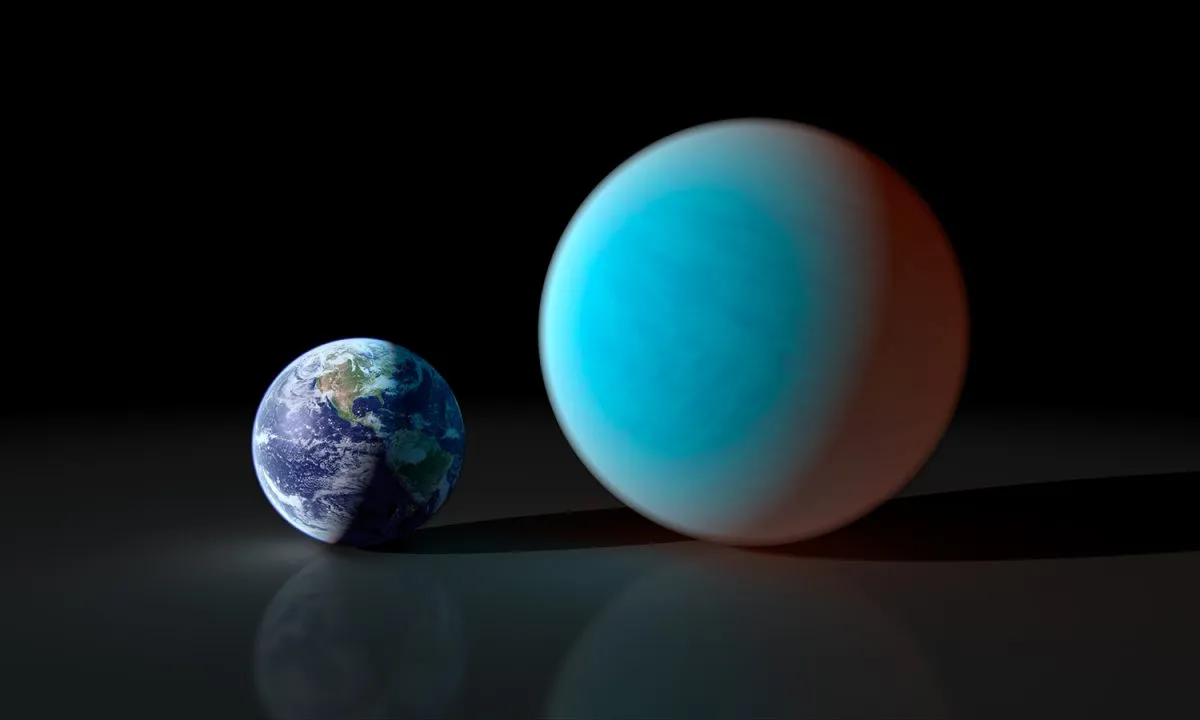
With all this information in one place, astronomers can use the Exoplanet Archive to look up any exoplanet they like and discover all its known properties, from size to mass, what kind of star it orbits or if it has any siblings.
Or they can sift through the data to find only the exoplanets that match their criteria, such as those with a specific orbit that fits their observing run.
Alternatively, they can extract the mass measurements to look at the bulk properties of the entire population of exoplanets discovered so far.
In fact, it was doing this that turned up one of the biggest surprises about planetary systems beyond our own.
"One of the most common sizes of planet is actually in between Earth and Neptune," says Christiansen.
"We call them super-Earths, or mini-Neptunes depending on exactly where they lie."
It’s worth bearing in mind when looking at the archive’s planets en masse that they aren’t an accurate reflection of the overall population of exoplanets in our Galaxy, but rather of the ones that are easiest for astronomers to find.
"The missions that have been prolific so far are transit missions," says Christiansen, referring to the planetary detection method of looking for the brief dip in a star’s brightness as a planet passes in front of it.
"The vast majority of those 5,000 planets are closer to their star than Earth is to the Sun, because we haven’t done a complete job of exploring for all planets, such as we’d find in our Solar System."
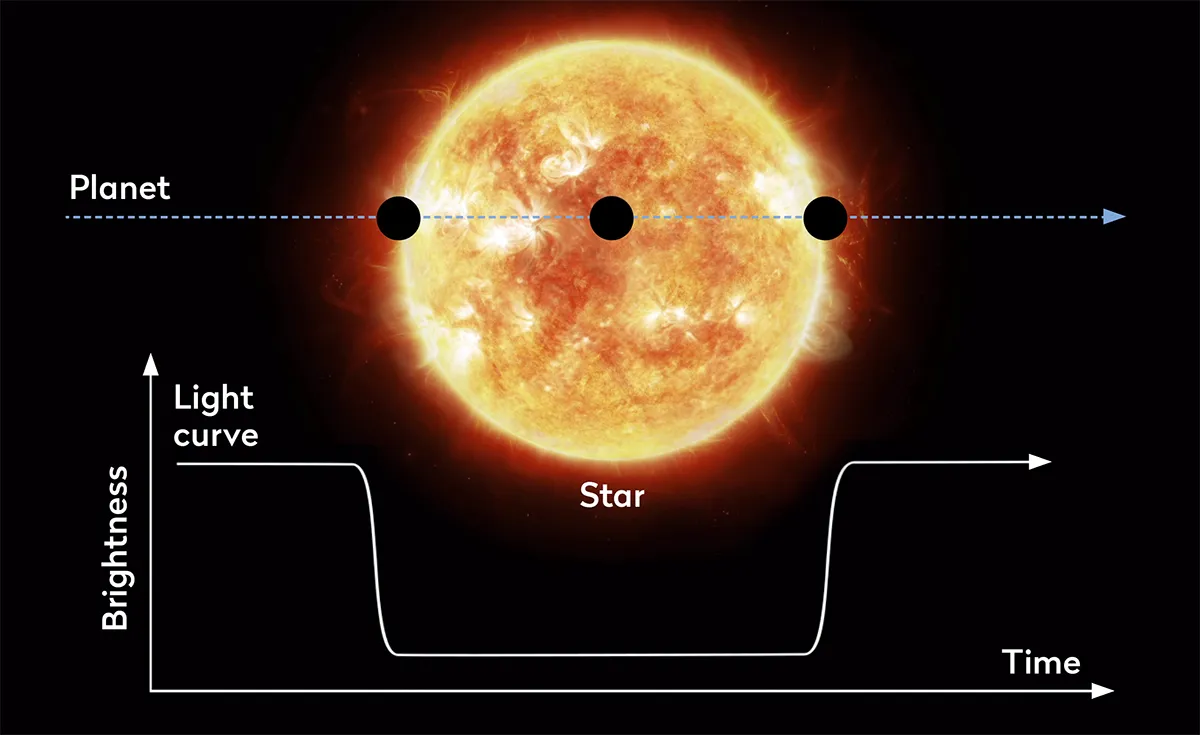
As larger planets create bigger dips and those with shorter orbits transit more frequently, around one third of the planets in the archive are gas giants very close to their star, known as hot Jupiters.
"Even though these were the first planets to be found, we actually don’t think they’re very common. They’re just by far the easiest to find because they’re big and transit so often," says Christiansen.
Whether super-Earth, mini Neptune or hot Jupiter, the most prolific planet finder of the last 30 years has been the Kepler Space Telescope.
It observed a small section of the star-rich Milky Way for almost 10 years and now has over 2,700 confirmed exoplanets in the archive.
5,000 more exoplanets?
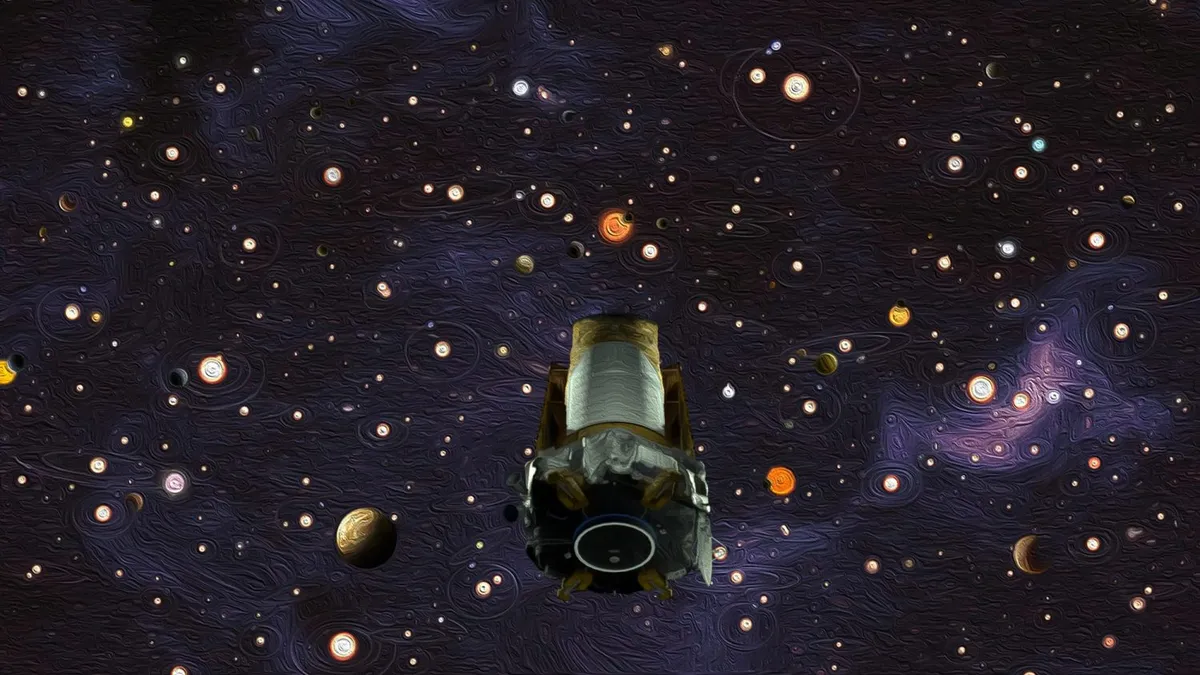
But what Kepler took a decade to achieve, its successor, TESS, has done in just two years, with 5,000 potential exoplanets already detected and awaiting confirmation.
The mission has already completed its primary science phase, spending one year scanning the southern sky and then another scanning the northern sky.
Now in its third year, the spacecraft is scanning along the ecliptic. The big difference between exoplanets in the archive and TESS’s ‘planets’ is that the latter are still only possible planets.
So far, only 200 of TESS’s candidates have been verified.
"It takes a lot of work to turn a candidate into a confirmed exoplanet," says Christiansen.
You have to get high-resolution imaging to make sure it’s a single star. You need high-resolution spectra to make sure you’ve understood the properties of the star. There’s a lot of ways it can fail on the way to being a confirmed exoplanet."
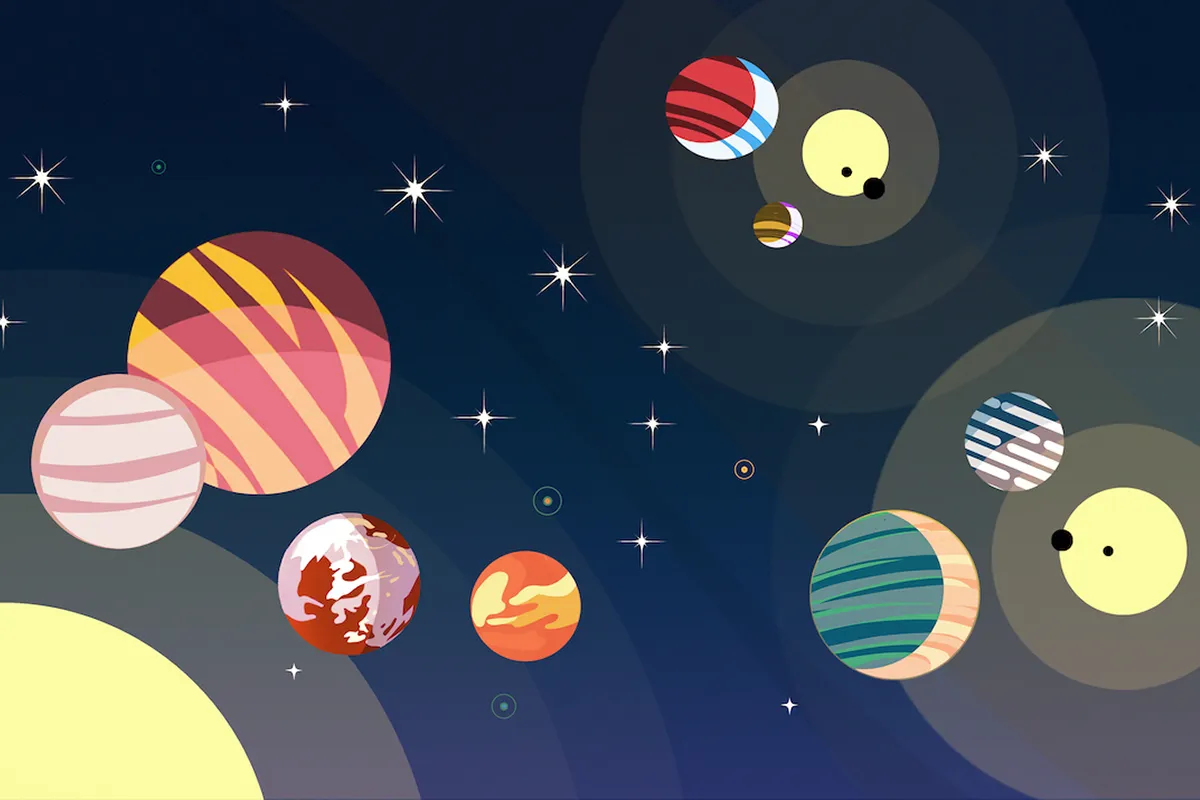
Drawing on their experience with Kepler, the TESS team have put a conservative estimate on their catalogue that around 80% of the candidates will prove to be real and earn a place in the Exoplanet Archive.
However, getting these planets their verified place might be difficult, because while Kepler had a portion of its funding dedicated to follow-up, the same is not true for TESS.
"There’s a much smaller paid component for TESS follow-up," says Christiansen. "But there is a much wider community participation because the data is public.
"We do have an observing programme steering committee, however, with the goal of ensuring we don’t have five teams all working on the same star without knowing it. People are volunteering because the TESS targets are so interesting."
How TESS searches for exoplanets
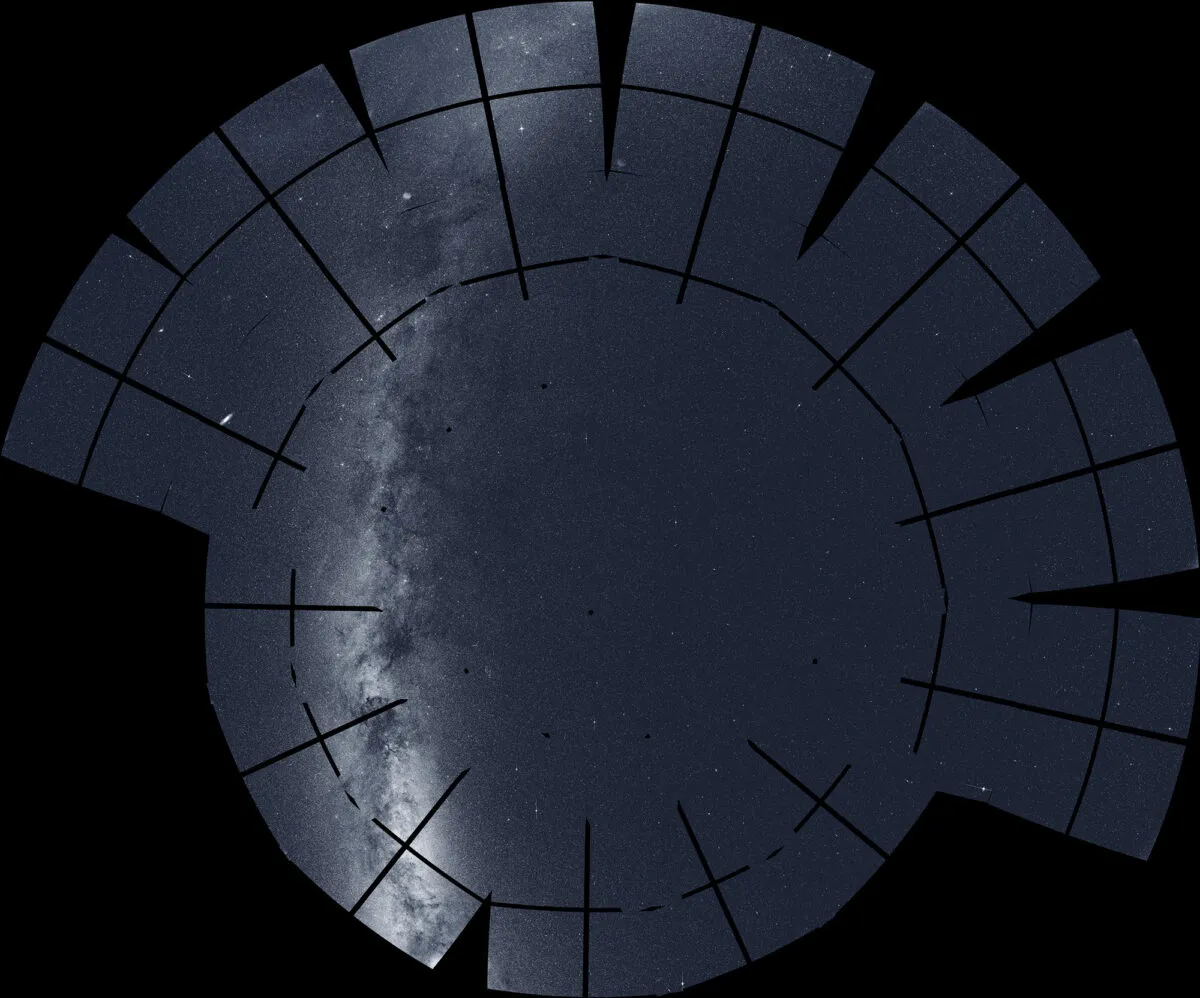
Given the interest in these new exoplanets, you might be surprised to hear that TESS’s planets are in many ways similar to those already in the archive.
The survey covers each section of sky for just 21 days, during which time a planet needs to transit two or three times to be flagged as a candidate.
While there is some overlap between sections, meaning some parts of the sky were observed for as long as six months, most of the planets had orbits of just a few days – just like with Kepler.
Instead, what makes the next 5,000 planets so interesting are the stars they are orbiting.
"Kepler did faint stars in one little patch of sky," says Christiansen. "TESS is looking at bright stars around the whole sky."
Indeed, with so many exoplanets to draw on, researchers are increasingly moving from finding them to learning more about them.
Transits and exoplanet atmospheres

One area of keen interest is their atmospheres. When a planet transits, some of the starlight passes through the atmosphere.
Just like on our own planet, the gases in the air interact with this light – absorbing some wavelengths, emitting others – and leave behind a signature, which remains encoded in the light as it travels across lightyears and arrives at Earth.
When astronomers observe it, they can decode the signature from the starlight and work out what gases might exist in that planet’s atmosphere.
The brighter the star, the easier this pattern is to see, making TESS’s planets the perfect targets. But even then, a powerful telescope is still needed to pick out the tiny fluctuations caused by the planet.
Fortunately, the recently launched James Webb Space Telescope fits the bill perfectly, and one of the most exciting aspects of the mission will be how James Webb Space Telescope studies exoplanets.
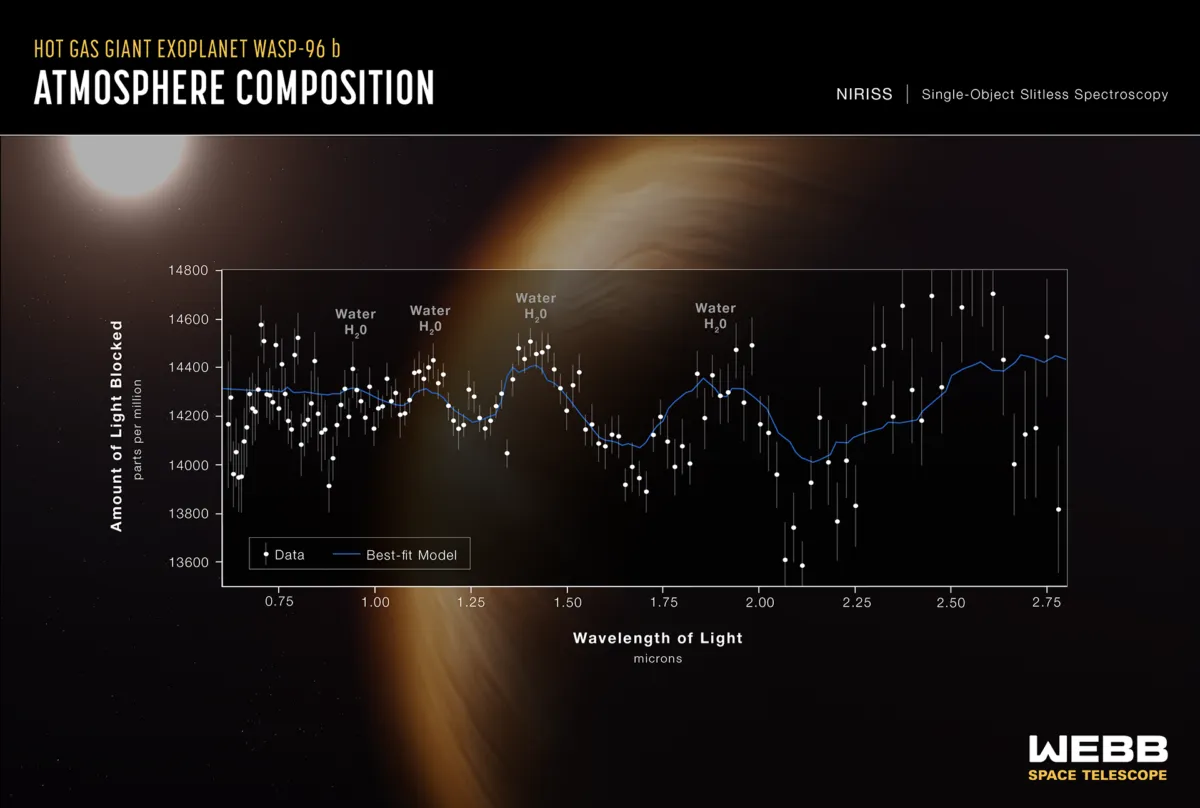
"For the first time in human history we will be able to collect enough light from a planet as small as Earth to read the composition of its air," says Lisa Kaltenegger, director of the Carl Sagan Institute and a TESS science team member.
The stars that TESS has been finding have all been bright when viewed from Earth, but in many cases this is because they are close by, not because they are objectively bright.
“Most stars in our neighbourhood are actually small, red stars. 80% of them are smaller than our yellow Sun, actually,” says Kaltenegger. “They are not so hot and not so bright.”
As these stars are much cooler than our Sun, so too are the planets around them.
In fact, those planets which orbit their star once every 10 days to a month – a category many of TESS’s planetary candidates fall into – would be right in the middle of the star’s habitable zone.
"This is where it’s not too hot and not too cold, so you could have liquid water on the surface of the planet," says Kaltenegger.
"That’s one of the key ingredients for life, but also for us to find life on a planet that is far away."
Water will be one of the key chemicals that JWST will be looking for, but it will be capable of tracking down many more, including carbon dioxide.
Here on Earth, the gas is created as a waste product by many forms of life, that then release it out into the atmosphere. If alien life was doing the same on its own planet, JWST would be able to detect it.
"We have the first instruments that could actually find signs of life on other worlds," says Kaltenegger. "It’s going to be super hard to do, but it’s possible. If we get really lucky."
It could just be that the planet which holds the first signs of extrasolar life might have already been discovered and is sitting in the archive, waiting to reveal itself.
What sort of planets are in the Exoplanet Archive?
The new worlds of the Exoplanet Archive are located all over the Milky Way. Here's where they have been found and what types of planet they are.
Gas giant
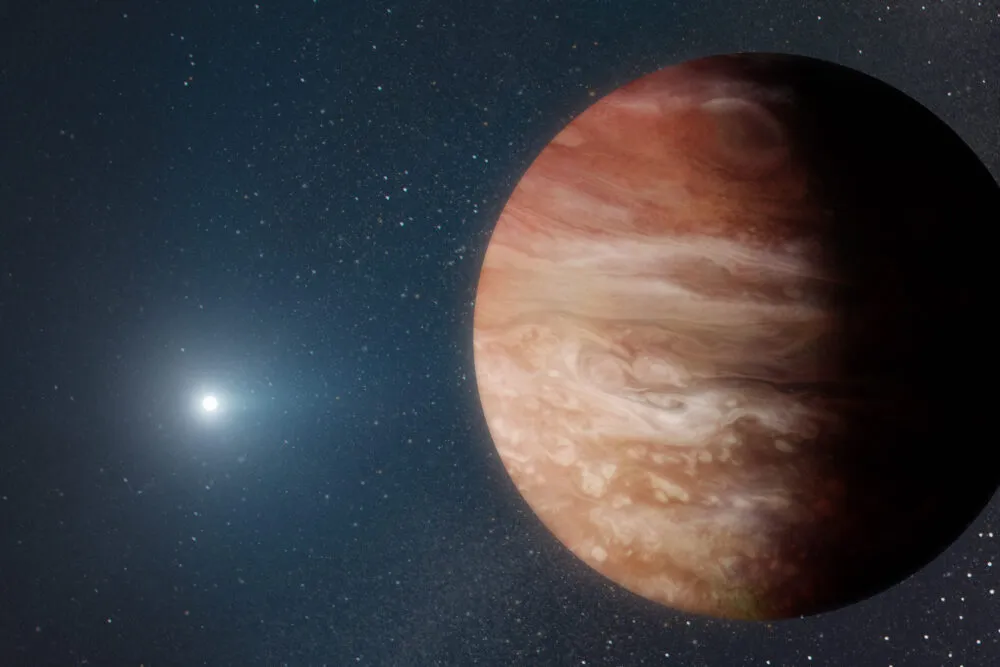
Planets similar to Jupiter or Saturn, though some are many times larger. Their size means they are some of the easiest to detect.
Super-Earth
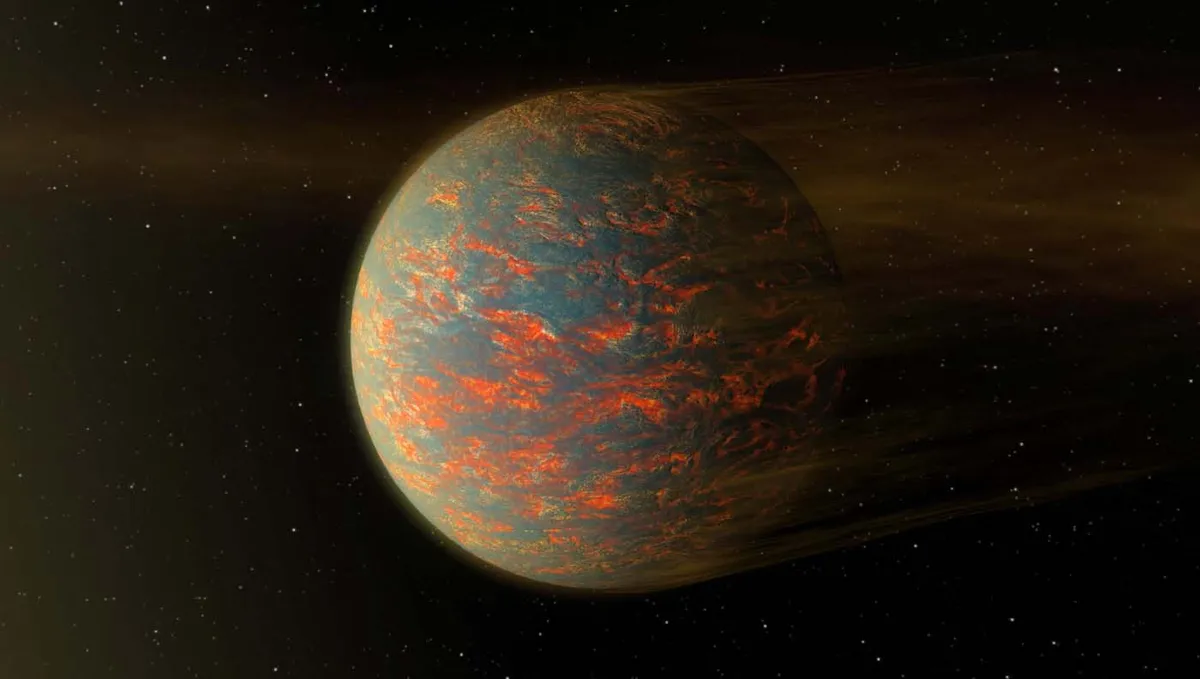
Ranging in size from Earth to Neptune, these planets could be rocky like Earth, or shrouded in puffy atmospheres. Despite being numerous elsewhere, they are absent from our own Solar System.
Neptune-like
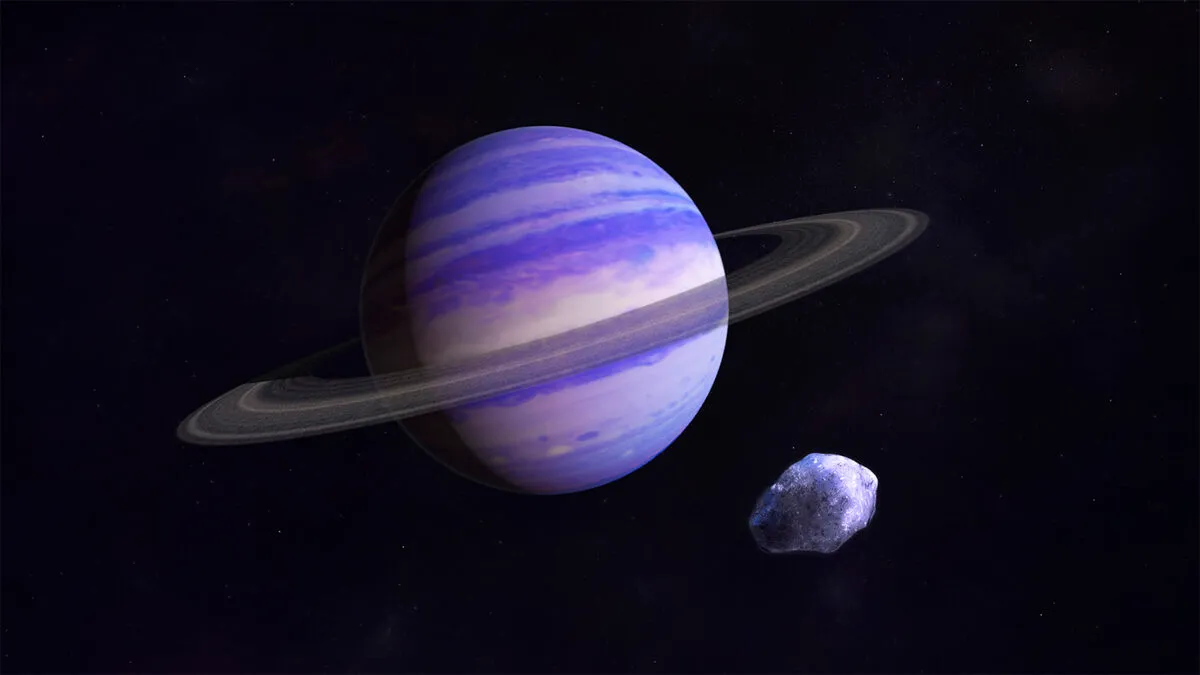
These worlds are similar to the ice giants Neptune and Uranus. Though there have been some examples of ‘warm Neptunes’ found in orbits closer to their star than the ice giants are to the Sun, they arerarer.
Terrestrial
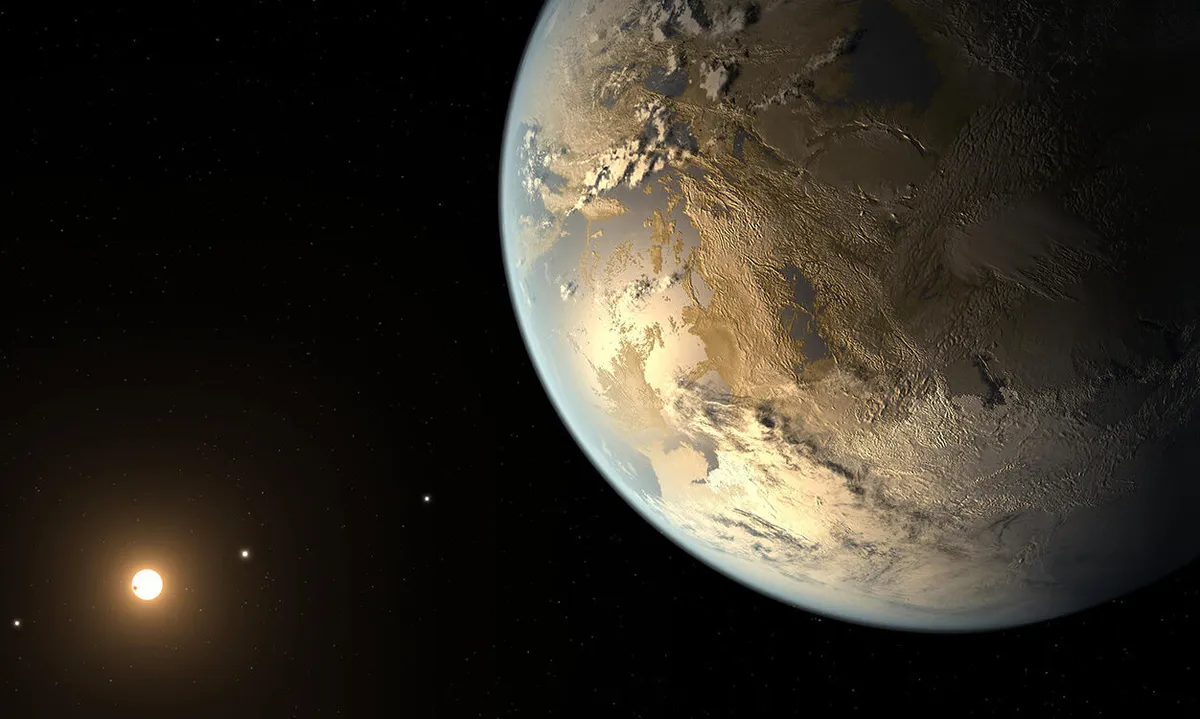
Rocky planets similar to our own home planet. Among the smallest planets known, current methods struggle to detect these worlds.
This article originally appeared in the August 2022 issue of BBC Sky at Night Magazine.
